

Uh oh...
It appears that you're using a severely outdated version of Safari on Windows. Many features won't work correctly, and functionality can't be guaranteed. Please try viewing this website in Edge, Mozilla, Chrome, or another modern browser. Sorry for any inconvenience this may have caused!
Read More about this safari issue.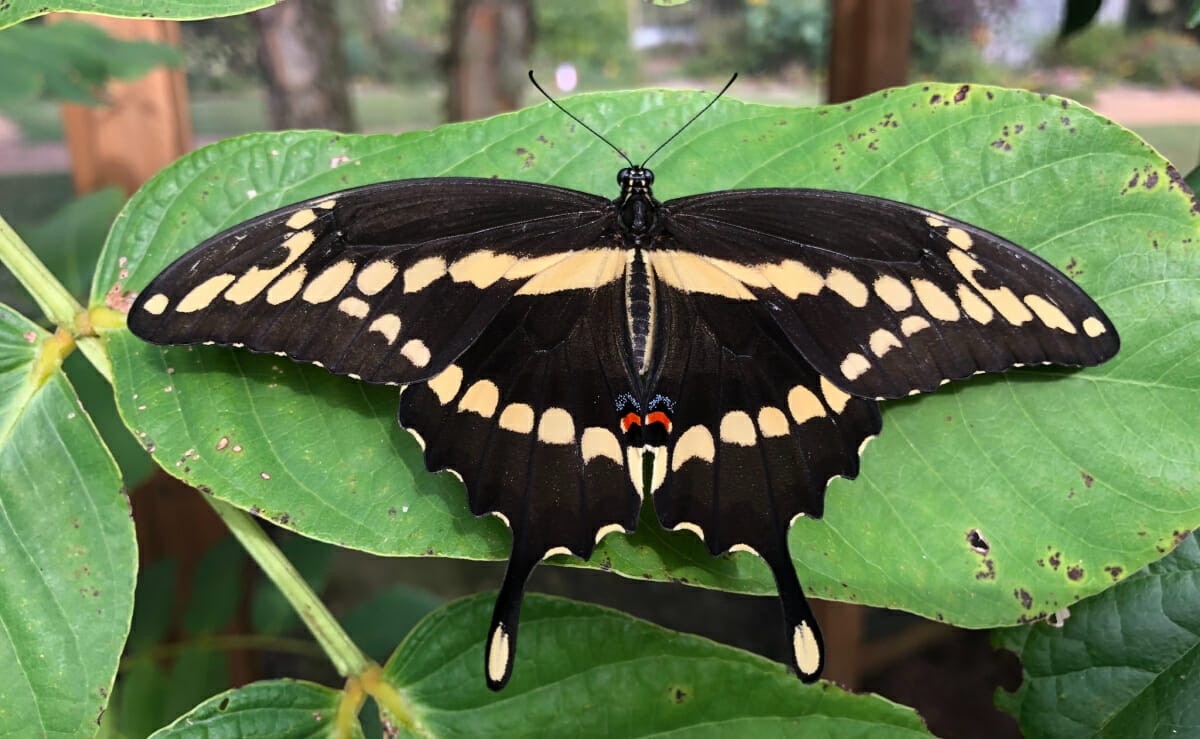

This spring, as you plan your Arkansas garden, why not plan for butterflies? Over the past several years, butterflies have become the central focus of my garden. The more I’ve learned about the importance of butterflies, the more I try to support this important insect. My husband and I even turned our backyard into an official Monarch Waystation.
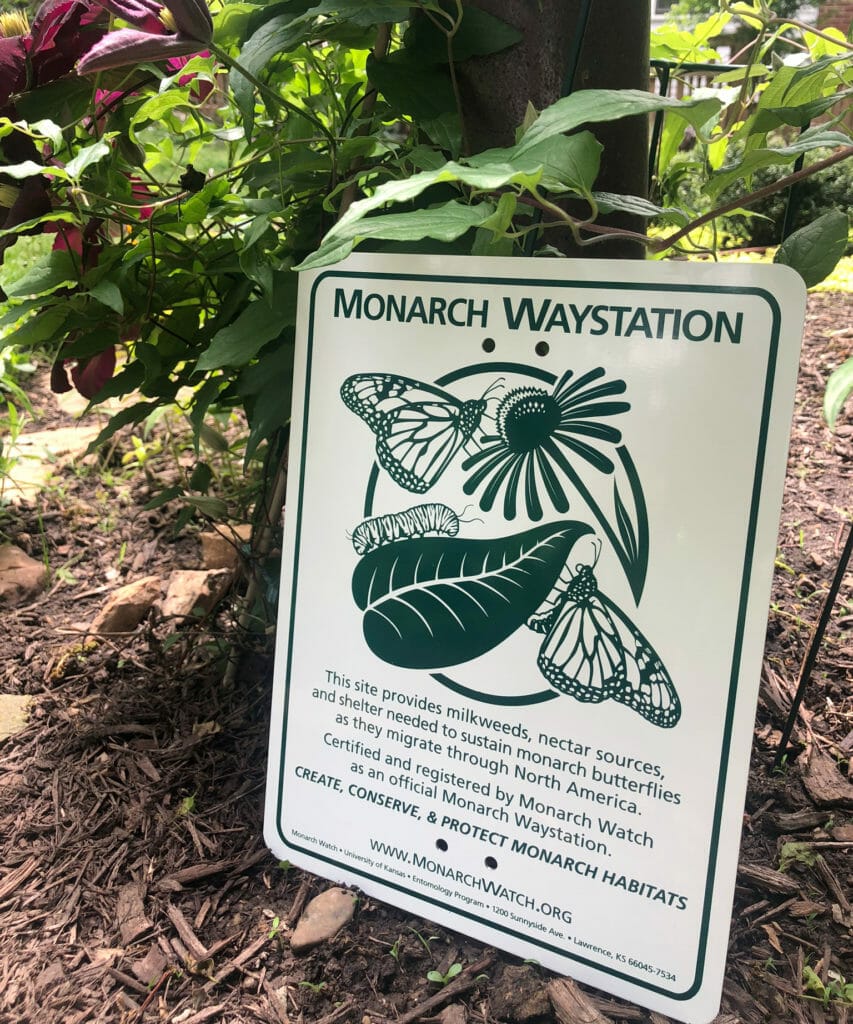
No kidding, butterfly gardening is addictive.
Don’t say I didn’t warn you.
I became interested in butterfly gardening while completing my Arkansas Master Naturalist training in 2018. Of course, I’ve loved butterflies since I was a little girl. What kid doesn’t? The iconic butterfly is a symbol of beauty and freedom. (We’ve all heard the saying free as a butterfly.) From Shakespeare to Emily Dickinson, butterflies have been referenced for centuries in literature and poetry.
Butterflies belong to the Insect Order Lepidoptera (from the Greek Lepido meaning “scale” and Ptera meaning “wing”). Because they are delicate with scaly wings and an exoskeleton, fossils are rare. Sources date the earliest fossil butterflies to late Paleocene or middle Eocene epoch, 50 million years ago.
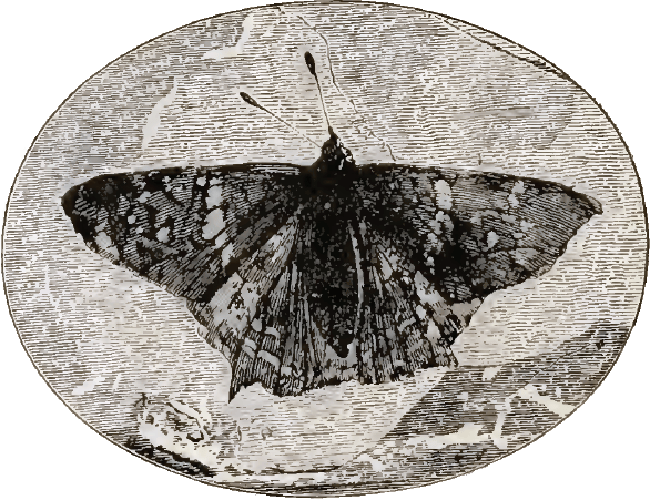
Credit: This work is in the Public Domain of the United States, Holotype fossil of Prodyas Persephone, Samuel Hubbard Scudder, Canadian Entomologist
Unfortunately, butterfly numbers have been declining in recent years. Deforestation and pesticide use have resulted in habitat loss. A 21-year extensive and systematic insect monitoring program undertaken by Oregon State University revealed butterfly abundance in Ohio declined yearly by 2%, resulting in an overall 33% drop during the study.
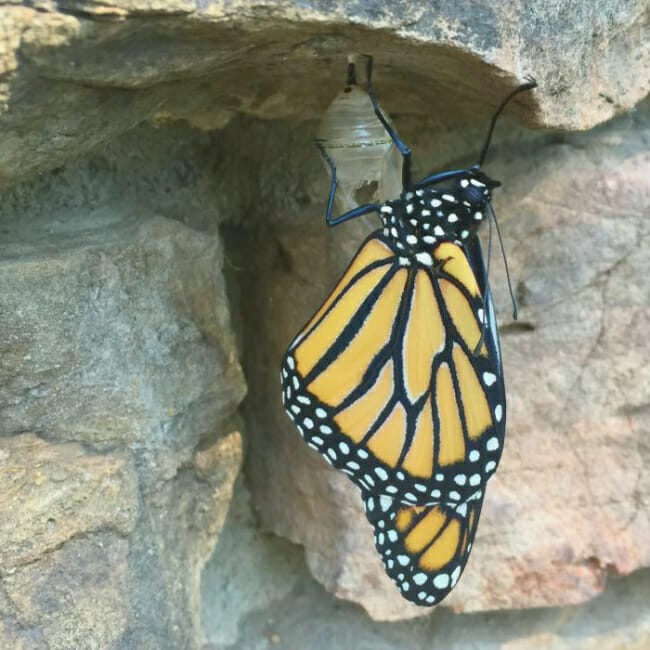
Gardener or not, that’s a sobering statistic. Butterflies are fragile and sensitive to pollution, making them essential biological indicators—think of butterflies as the canary in a coal mine.
Declining populations are a sign of an unhealthy environment.
The good news—people are becoming more aware of the problem. And, with awareness comes change. If we all make a few changes, we can help provide a healthier habitat for butterflies in our own backyards and communities.
Why Butterflies?
The importance of butterflies can’t be overstated. Their value extends beyond intrinsic beauty to vital scientific study. Butterflies have aided in researching pest control, navigation, evolution, genetics, biodiversity, conversation, and climate change.
Ecologically, butterflies are an important part of the food web. They serve as a lower member of the food chain, providing sustenance for birds, bats, lizards, frogs, toads, and wasps, and are also essential pollinators.
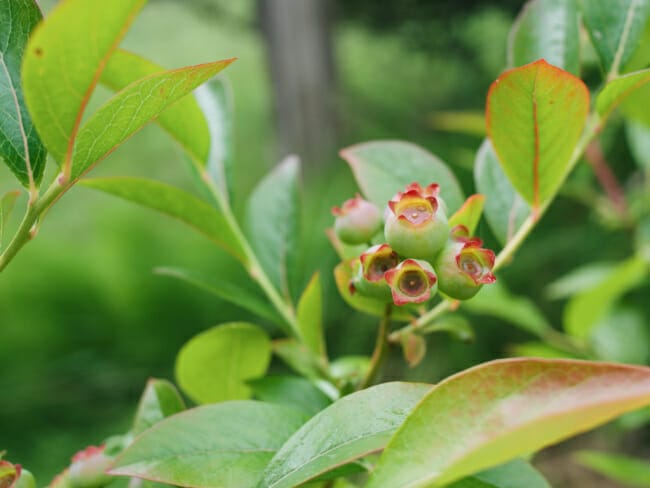
It’s true. Pollination is imperative to the survival of entire ecosystems. According to the United States Department of Agriculture, three-fourths of the world’s flowering plants and about thirty-five percent of the world’s food crops depend on animal pollinators to reproduce. Some scientists estimate that one out of every three bites of food we eat exists because of animal pollinators like bees and butterflies. (List of pollinated food.)
Butterflies in Arkansas
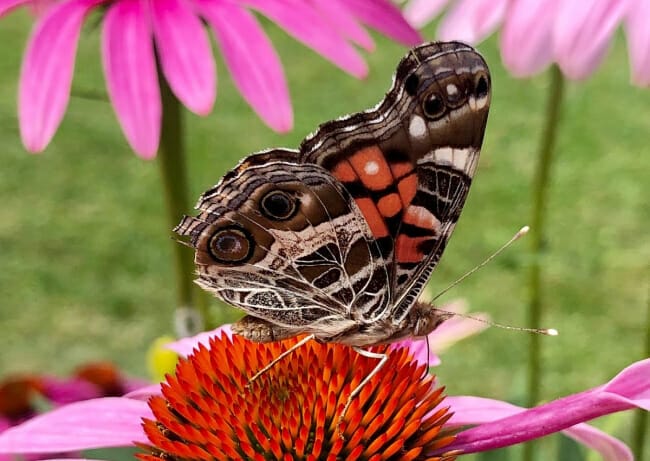
Today the Smithsonian estimates there are approximately 17,500 species of butterflies on our planet, with 750 species in the United States. During a typical year, 134 butterfly species may be sighted in Arkansas, including year-round residents, summer residents, and those migrating. Beginning in early spring and continuing through fall, species sighted in Arkansas vary according to the area. While the Diana fritillary (Speyeria diana) and silvery blue (Glaucopsyche lygdamus) may flit around in the Arkansas River Valley or Ozark and Ouachita Mountains, the bronze copper (Lycaena hyllus) and long-tailed skipper (Urbanus proteus) are more common in the Delta and Crowley’s Ridge area.
Butterfly Anatomy
A few facts about the anatomy of a butterfly:
- Like all insects, butterflies have a three-part body—head, thorax, and abdomen. They have three pairs of jointed legs, compound eyes, and a segmented exoskeleton.
- Butterfly wings are made of a hardened membrane that is covered in thousands of tiny scales. Each scale is a single color.
- Butterflies only consume liquid. They drink nectar through the proboscis, a tube that resembles a drinking straw. When not drinking, the proboscis coils up like a garden hose.
- Butterflies see ultraviolet light—red, orange, purple, pink, and yellow.
Metamorphosis
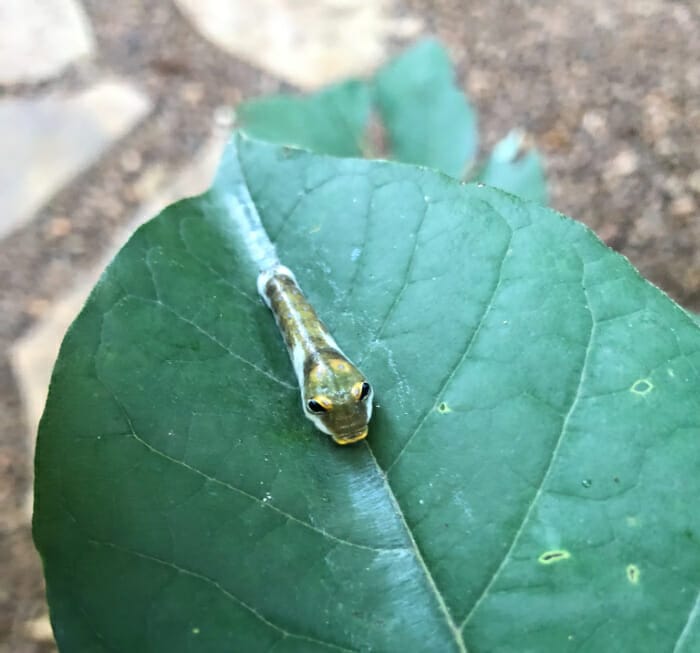
In many cultures and religions, the butterfly is viewed as a symbol of change and transformation because of its incredible metamorphosis. In general, it takes approximately 40-50 days for complete butterfly metamorphosis to occur.
Caterpillars experience three life stages—the egg, the larva (caterpillar), and the pupa (chrysalis).
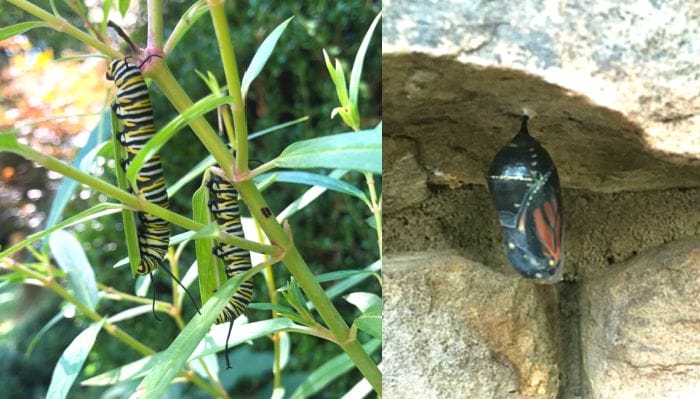
- The egg stage lasts approximately 7-10 days.
- The caterpillar stage lasts 3-4 weeks. During this time, caterpillars will feast only on host food, growing larger and larger, shedding their exoskeleton 4-5 times. (Each new skin is referred to as an instar stage.)
- After feasting on host plants, the caterpillar pupates, turning into a chrysalis. The chrysalis stage lasts 10-15 days.
Once the butterfly emerges, the adult’s lifespan varies depending on species, size, and time of year. In general, butterflies only live a few weeks. Fall-emerged monarch butterflies migrate south in fall and in spring. Adults of these monarch species may survive for 8-9 months or longer.
Attracting Butterflies to your Garden
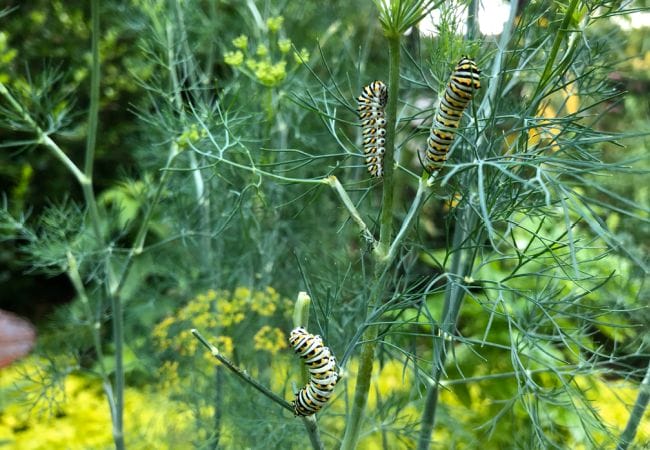
So what can we do to attract butterflies to our gardens?
It’s as simple as providing the environment they need. You don’t need a huge yard or several acres to successfully garden for butterflies. Even a small patio or balcony will support them.
Provide host plants.
Butterflies aren’t like humans who eat a wide variety of food. Each butterfly variety has a specific host plant, which serves as its sole food source and where it lays eggs. Without the specific host plant, that variety of butterfly would cease to exist.
Adding two or three varieties of a particular host plant will add diversity in the form of different bloom times and plant height.
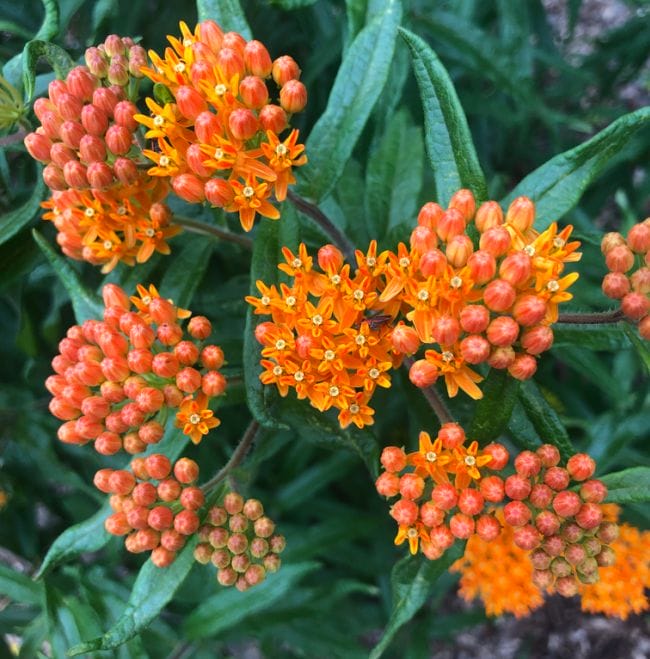
Over the past few years, great awareness has been raised about the importance of planting milkweed for our dwindling monarch butterfly population. The thing to remember is that each butterfly has a host plant (sometimes two or three). As gardeners, we need to plant those plants.
Here’s a great list of butterfly host plants.
Provide nectar plants.

- Because butterflies see color, mass plantings in color groupings are attractive to pollinators.
- Since different butterfly species nectar at different heights, it’s helpful to plant both native perennials and annuals of varying heights. My favorite butterfly perennials are bee balm, black-eyed Susan, coreopsis, aster, phlox, liatris, purple coneflower, Ozark native coneflower, and sedum. My favorite butterfly annuals include penta, lantana, zinnia, marigold, and sweet
- Butterflies prefer flowers with spikes (bee balm), plants with small clusters of flowers (lantana and liatris), and those with landing pads (coneflower).
- Think about bloom time when you add nectar plants to your garden. Strive to have blooms from early spring through fall.
- Shrubs and trees provide nectar in the butterfly garden too. Favorite spring bloomers include dogwood and redbud. For nectar during summer, consider buttonbush and lead plant.
Provide shelter.
Butterflies need shelter from predators and the elements. This is accomplished through plant variety, density, and garden location. Plant two to ten plants (depending on the type) within each square yard of space. Don’t plant your garden in a super windy area or beneath the bird feeder.
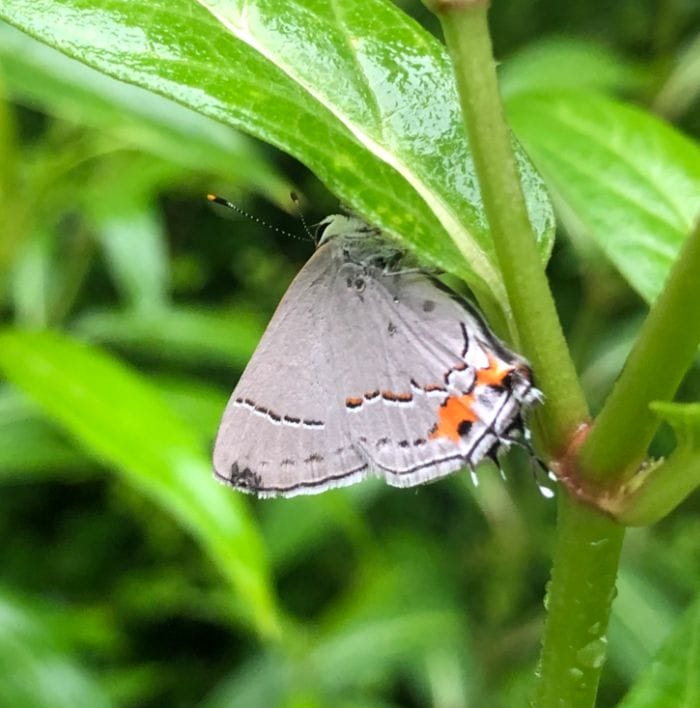
Provide Sun and Water.
Butterflies prefer sunshine (as will your host and nectar plants). Butterflies often sip minerals from damp stones and bask on warm, flat rock, so consider this when designing your garden.
Don’t use Pesticides.
Agricultural applications of pesticides have harmed monarch butterflies by killing much of the milkweed growing in ditches and field borders. It’s crucial to avoid using pesticides altogether in home gardens (including herbicides and fungicides). Keep your garden healthy and well-balanced with mulch, proper watering, and by using an organic or handmade soap spray for pests (or handpicking pests from plants). Add beneficial insects such as ladybugs when necessary.
Soon, your thriving garden will bring benefits beyond an enjoyable and educational new hobby. You’ll be helping the environment. Increased diversity in a healthy pollinator habitat will attract other beneficial insects to your garden, including native bees, ladybugs, and dragonflies. That’s a great thing.
Happy spring butterfly gardening!
Helpful Resources
For more information on butterfly gardening in Arkansas (and to see our state’s only Butterfly House), visit the Botanical Garden of the Ozarks. Additional helpful sites specific to monarch migration include Journey North and Monarch Watch.
Want to know more about butterflies in Arkansas? A Time for Butterflies. For more information on the most common butterflies in Arkansas, click here.
We do the work.
You check your email.
Sign up for our weekly e-news.
Get stories sent straight to your inbox!






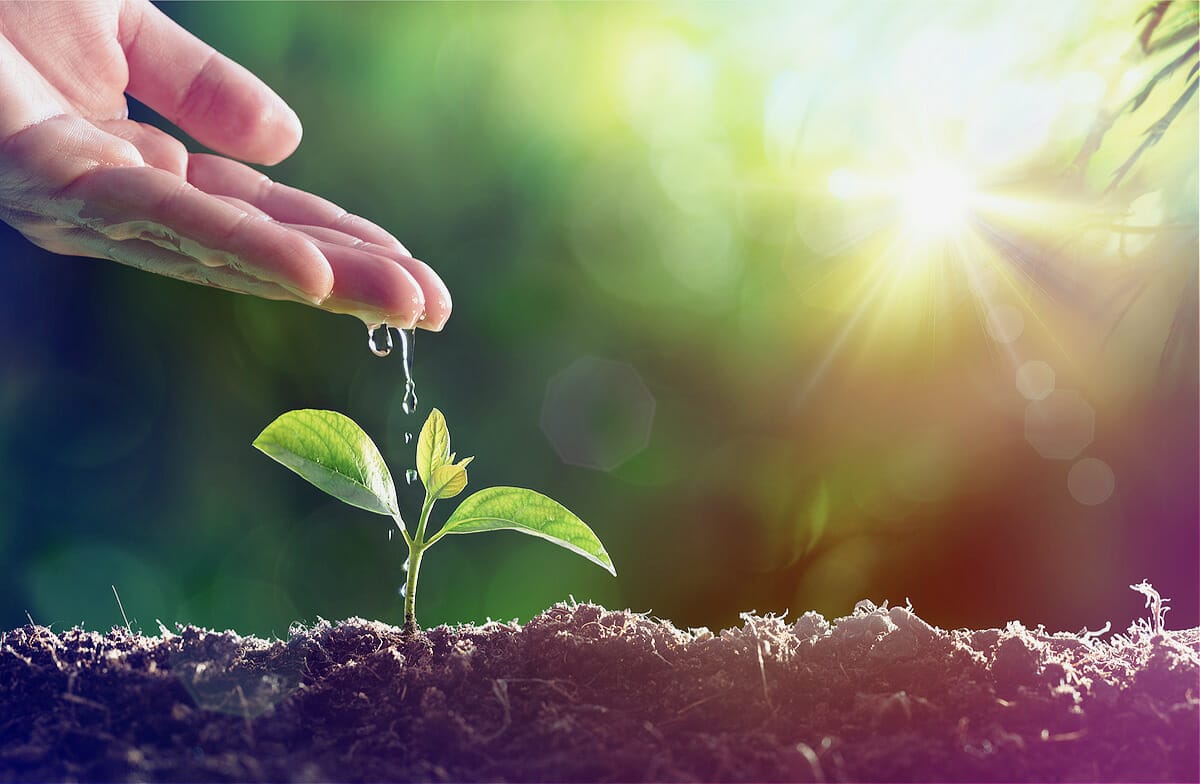

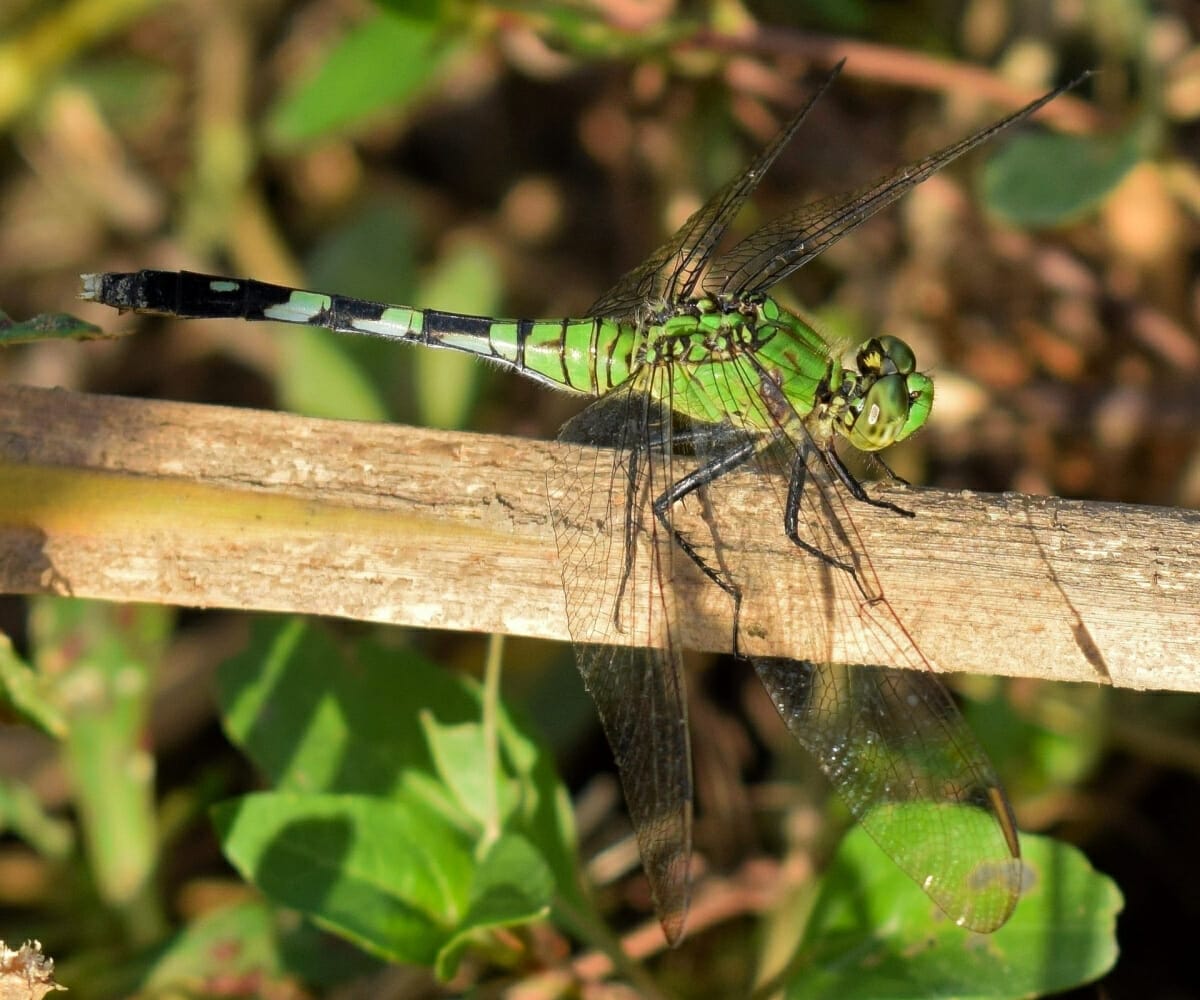

 Leave a Reply
Leave a Reply
Talya,
Thank you for this wonderful and informative article. You had me at butterfly! I’m a gardener and plant every plant I can find for pollinators and butterflies.
Wow, Didn’t know who else had a Monarch Way Station in Searcy. We live in Club West and have been raising Monarchs for several years.
[…] butterflies that experience four stages of metamorphosis, dragonflies undergo a three-stage, incomplete […]
[…] Even though last week was drizzly and gray, I managed to get a few hours of garden time in here and there. Our milkweed is really growing. This is a good thing since I found three monarch caterpillars already! Milkweed is the ONLY plant monarchs eat and the ONLY place they lay eggs. So—absolutely—milkweed is an essential plant for a butterfly garden. […]
Has anyone else noticed a dramatic drop in butterfly numbers this year?
[…] abundance of wildflowers attracts a variety of butterflies to the area. Gulf fritillaries, monarchs and more can be observed and photographed flitting around […]
[…] through the warm spring air. Although butterflies are a sign of spring and summer, the number of butterflies in Arkansas is declining due to a loss of habitat and pesticide use. However, the Arkansas Game and Fish […]